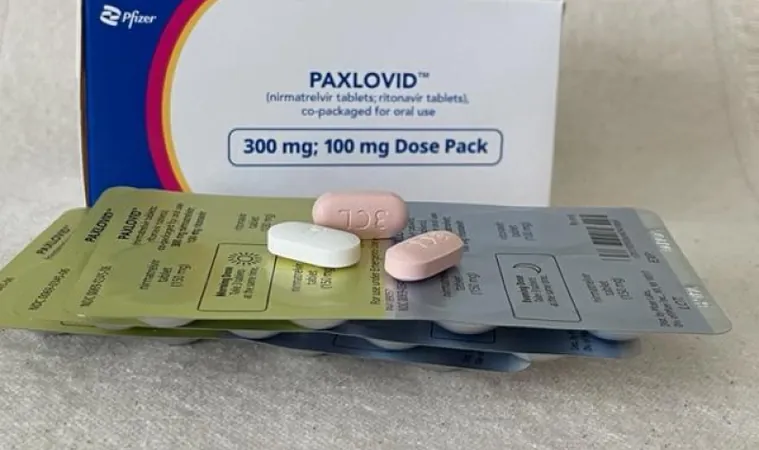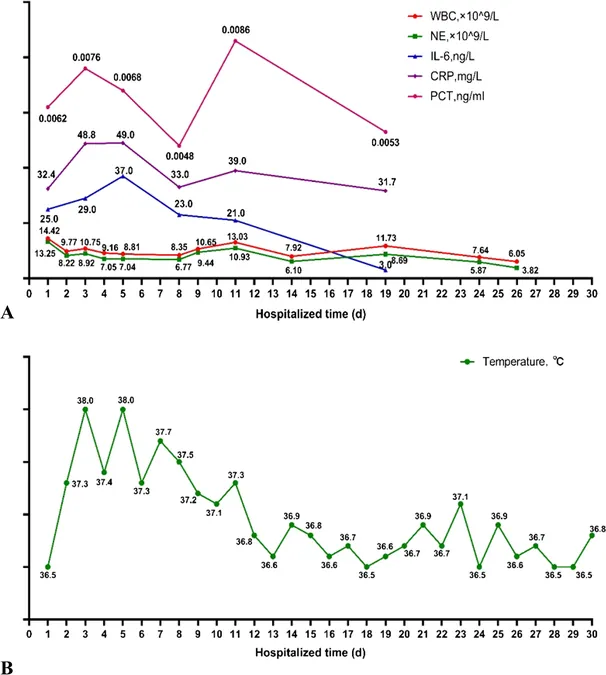
Surprising Findings on COVID Treatments: Resistance Mutations Rare and Awareness Staggeringly Low!
2024-09-26
Introduction
In the ongoing battle against COVID-19, recent research has unveiled some unexpected insights regarding the antiviral treatments Paxlovid and remdesivir. A pair of studies indicates that resistance mutations arising from the use of these drugs are not only uncommon but also temporary—a relief for health authorities concerned about potential viral resurgence patterns.
Research Findings
According to a study published in JAMA Network Open, researchers from Brigham and Women's Hospital found that resistance mutations linked to the antiviral drug nirmatrelvir-ritonavir, better known as Paxlovid, as well as remdesivir, were relatively rare among patients. The study tracked 156 nonhospitalized COVID-19 patients between May 2021 and October 2023, revealing that while 11.4% of those treated with Paxlovid developed resistance mutations, the majority of these mutations reverted back to the original virus type as the course of the illness progressed. Notably, immunosuppressed individuals were found to be the most at risk for developing these mutations.
Public Awareness Issues
While resistance mutations have been a concern, there’s an even more pressing issue: public awareness of Paxlovid is alarmingly low. In a related survey of 1,430 U.S. adults conducted by a Harvard-led team, it was revealed that a staggering 85% of respondents had little to no awareness of Paxlovid. Among them, 31% had never heard of the medication, while another 18% recognized the name but had no clear understanding of what it was. This lack of knowledge poses a significant barrier to the medication's usage, especially among high-risk groups.
Effectiveness of Paxlovid
Paxlovid is highly effective at preventing severe outcomes from COVID-19, such as hospitalization and death, yet it remains underutilized since its authorization in December 2021. Researchers reported that even those who had heard of the drug often held misconceptions concerning its effectiveness or the timing of its administration. Alarmingly, 39% misunderstood how effective the drug actually is, and 86% were unaware of potential side effects.
Demographic Disparities
The research team emphasized that lower awareness rates were prevalent among medically vulnerable populations, including individuals who are unvaccinated or have lower educational backgrounds, as well as among Black and Hispanic communities—groups that stand to benefit the most from Paxlovid.
Conclusion
The findings raise critical questions about public communication regarding COVID-19 treatments. Despite extensive media coverage and outreach efforts, the study indicates that there is a significant gap in understanding among the American public. As government subsidies for Paxlovid dwindle, the authors underscored the urgent need for enhanced public engagement strategies to educate communities about the medication's benefits and proper usage.
The Path Forward
As we move forward, the battle against COVID-19 hinges on not just the effectiveness of our treatment options, but also on the public's awareness and understanding of these life-saving interventions. The ongoing evolution of both viral pathogens and drug resistance highlights the necessity for vigilance and proactive measures in both medical and public health fields. Will the COVID-19 landscape shift as awareness of Paxlovid grows? Only time—and improved communication—will tell!



 Brasil (PT)
Brasil (PT)
 Canada (EN)
Canada (EN)
 Chile (ES)
Chile (ES)
 España (ES)
España (ES)
 France (FR)
France (FR)
 Hong Kong (EN)
Hong Kong (EN)
 Italia (IT)
Italia (IT)
 日本 (JA)
日本 (JA)
 Magyarország (HU)
Magyarország (HU)
 Norge (NO)
Norge (NO)
 Polska (PL)
Polska (PL)
 Schweiz (DE)
Schweiz (DE)
 Singapore (EN)
Singapore (EN)
 Sverige (SV)
Sverige (SV)
 Suomi (FI)
Suomi (FI)
 Türkiye (TR)
Türkiye (TR)